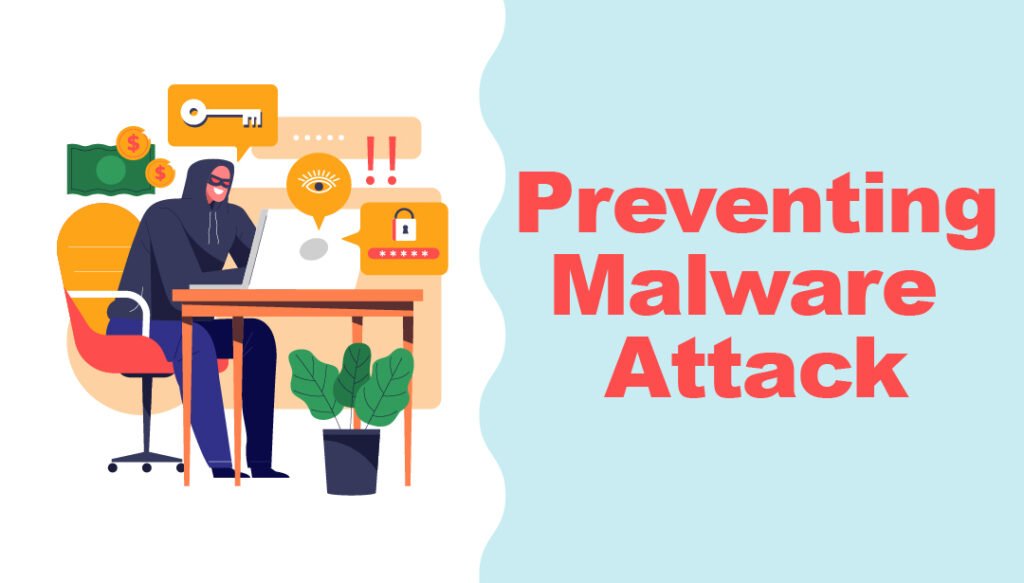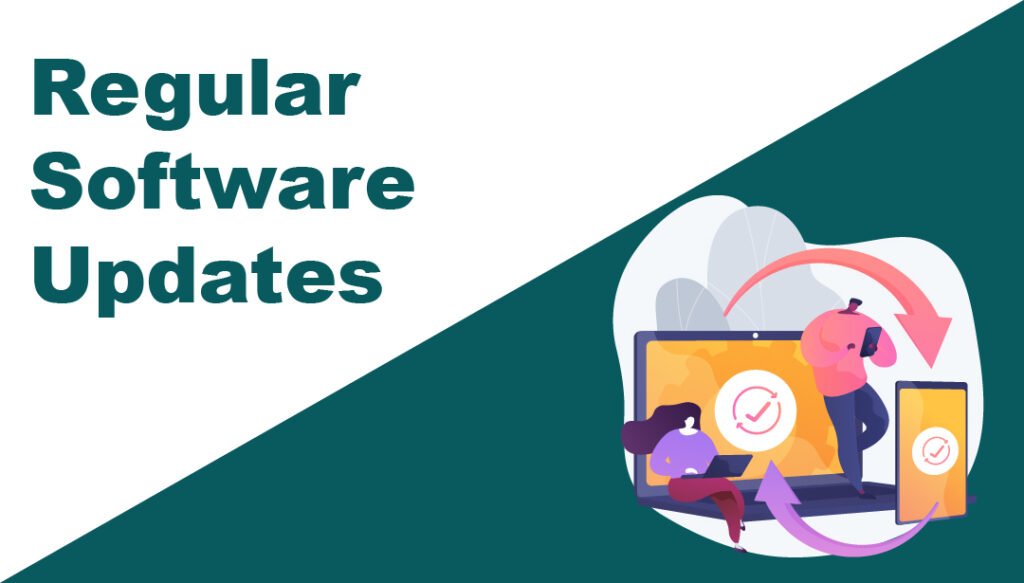
Preventing and recovering from a WordPress malware attack involves regular updates, strong passwords, and reliable security plugins. Backup your site regularly to ensure swift recovery.
WordPress websites are popular targets for hackers due to their widespread use. Protecting your site from malware requires proactive steps and a strong security strategy. Regular updates for themes, plugins, and WordPress core are crucial. Strong passwords and two-factor authentication enhance security.
Reliable security plugins offer added layers of protection. In case of an attack, regular backups ensure you can restore your site quickly. Monitoring your site for unusual activity helps detect breaches early. Implementing these measures helps safeguard your WordPress site from potential malware threats.

Identifying Malware Symptoms
Pages load slowly or fail to load. You might see unwanted pop-ups and ads. Your site could redirect visitors to unknown websites. Users may report strange behavior on the site. Admin dashboard access might become difficult. You may notice unauthorized changes in your website files. Sometimes, your SEO rankings drop suddenly. These signs can indicate malware presence.
You get alerts from your security plugin. Your hosting provider might notify you about infected files. Search engines like Google can blacklist your site. Browsers might display security warnings to visitors. All these warnings suggest a malware infection. It’s crucial to act quickly to minimize damage.
Strengthening Security Measures
Enhancing security measures is essential for preventing and recovering from a WordPress malware attack. Regular updates, strong passwords, and reliable security plugins significantly reduce risks and ensure swift recovery.
Regular Software Updates
Always keep your WordPress software up-to-date. Updates fix security holes and bugs. Plugins and themes need regular updates too. Outdated plugins are a big risk. Enable automatic updates for core software. Check for updates weekly to stay secure.
Strong Password Practices
Use a strong password for your WordPress account. Mix letters, numbers, and symbols. Avoid common words and sequences. Change passwords regularly to enhance security. Use a password manager to store complex passwords. Never reuse passwords across different sites.
Using Security Plugins
Implementing security plugins helps shield your WordPress site from malware attacks, ensuring robust protection and swift recovery. These tools offer real-time monitoring and automated clean-up features, enhancing your site’s security effortlessly.
Top Recommended Plugins
Wordfence is a popular security plugin. It protects your site from malware. It also blocks suspicious traffic. Sucuri offers a website firewall. This plugin helps in cleaning up malware. iThemes Security provides over 30 ways to secure your site. It detects vulnerabilities and fixes them. All In One WP Security is user-friendly and has many features. This plugin offers a login lockdown feature.
Effective Plugin Settings
Enable the firewall to block harmful traffic. Set up automatic scans for malware. Always keep plugins updated. Use strong passwords for all accounts. Turn on two-factor authentication for extra security. Limit login attempts to prevent brute force attacks. Configure email alerts for suspicious activities.
Backup Strategies
Automated backup solutions are very important. They save a lot of time. Tools like BackupBuddy and UpdraftPlus are popular. These tools make backups without human help. They store copies in different places like the cloud. This way, your data is safe from attacks. Remember to check your backups often. Make sure they are working well.
Restoring from backups is easy. First, find your latest backup file. Next, use your backup tool to restore it. Follow the steps given by the tool. Your website will go back to how it was. Make sure to scan your site after restoring. This helps to check if there are any hidden threats.
Frequently Asked Questions
How To Protect A WordPress Site From Malware?
To protect your WordPress site from malware, use strong passwords, keep themes and plugins updated, install security plugins, enable two-factor authentication, and regularly back up your site.
How To Protect A WordPress Site From Malware?
Protect your WordPress site from malware by installing security plugins, using strong passwords, regularly updating software, enabling firewalls, and conducting frequent backups.
What Are The Steps Should You Take If You Suspect A WordPress Site Has Been Hacked?
Change all passwords immediately. Scan your site with security plugins. Restore from a clean backup. Check and remove suspicious files. Contact your hosting provider for assistance.
Conclusion
Protecting your WordPress site from malware is crucial. Regular backups and updates are essential. Use security plugins and strong passwords. Monitor your site for unusual activity. Quick action can minimize damage. Stay informed and proactive to keep your site safe and secure.
Prevention and recovery are vital for online success.



